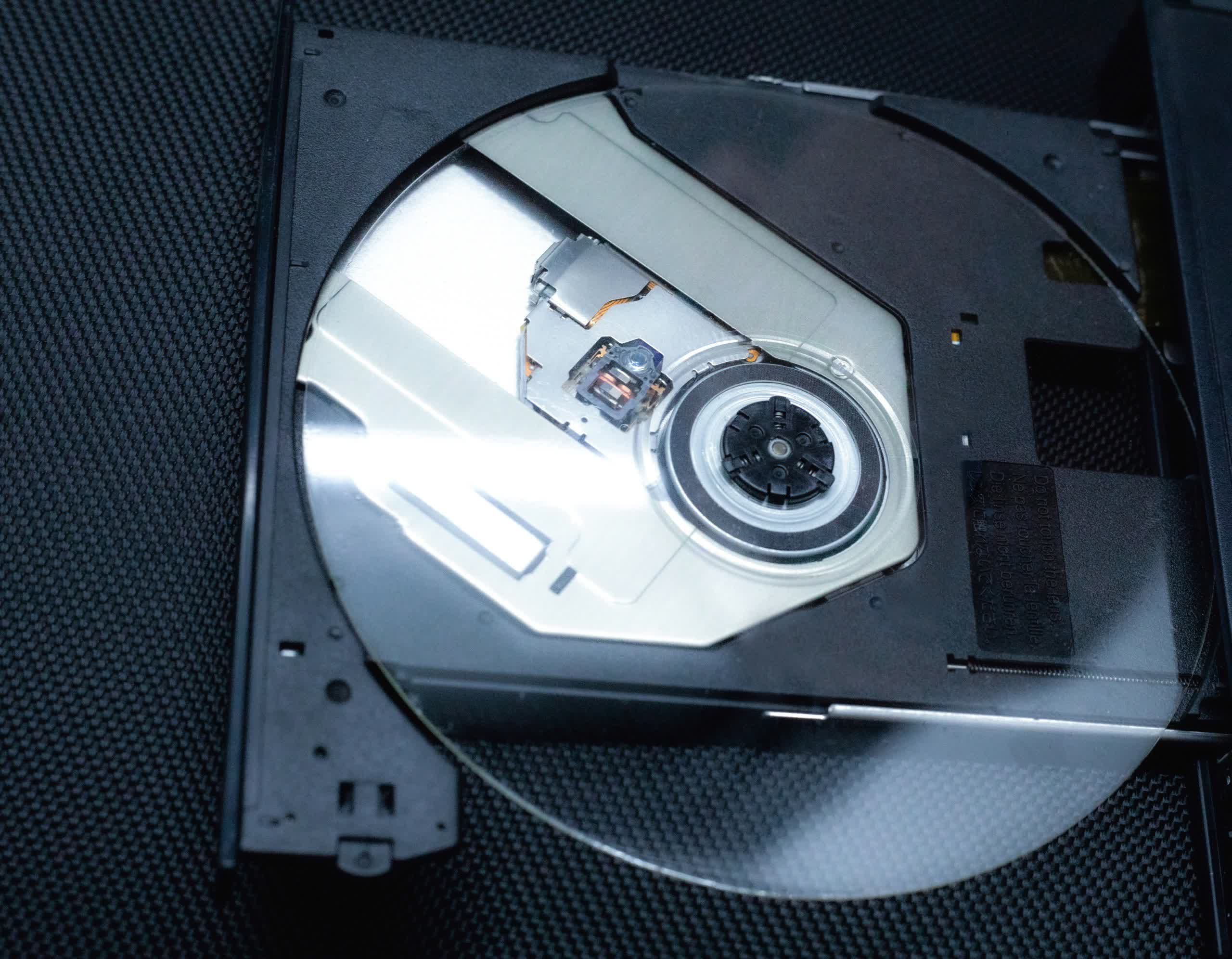Get the latest tech news
Researchers harness 2D magnetic materials for energy-efficient computing. An MIT team precisely controlled an ultrathin magnet at room temperature, which could enable faster, more efficient processors and computer memories.
MIT researchers used ultrathin van der Waals materials to create an electron magnet that can be switched at room temperature. This type of magnet could be used to build magnetic processors or memories that would consume far less energy than silicon devices.
But we have shown that if you make radical changes, starting by rethinking the materials you are using, you can potentially get much better solutions,” says Shivam Kajale, a graduate student in Sarkar’s lab and co-lead author of the paper. This atomically thin material has all the properties needed for effective room temperature magnetism and doesn’t contain rare earth elements, which are undesirable because extracting them is especially destructive to the environment. This is key, since magnets composed of atomically thin van der Waals materials can typically only be controlled at extremely cold temperatures, making them difficult to deploy outside a laboratory.
Or read this on r/tech

